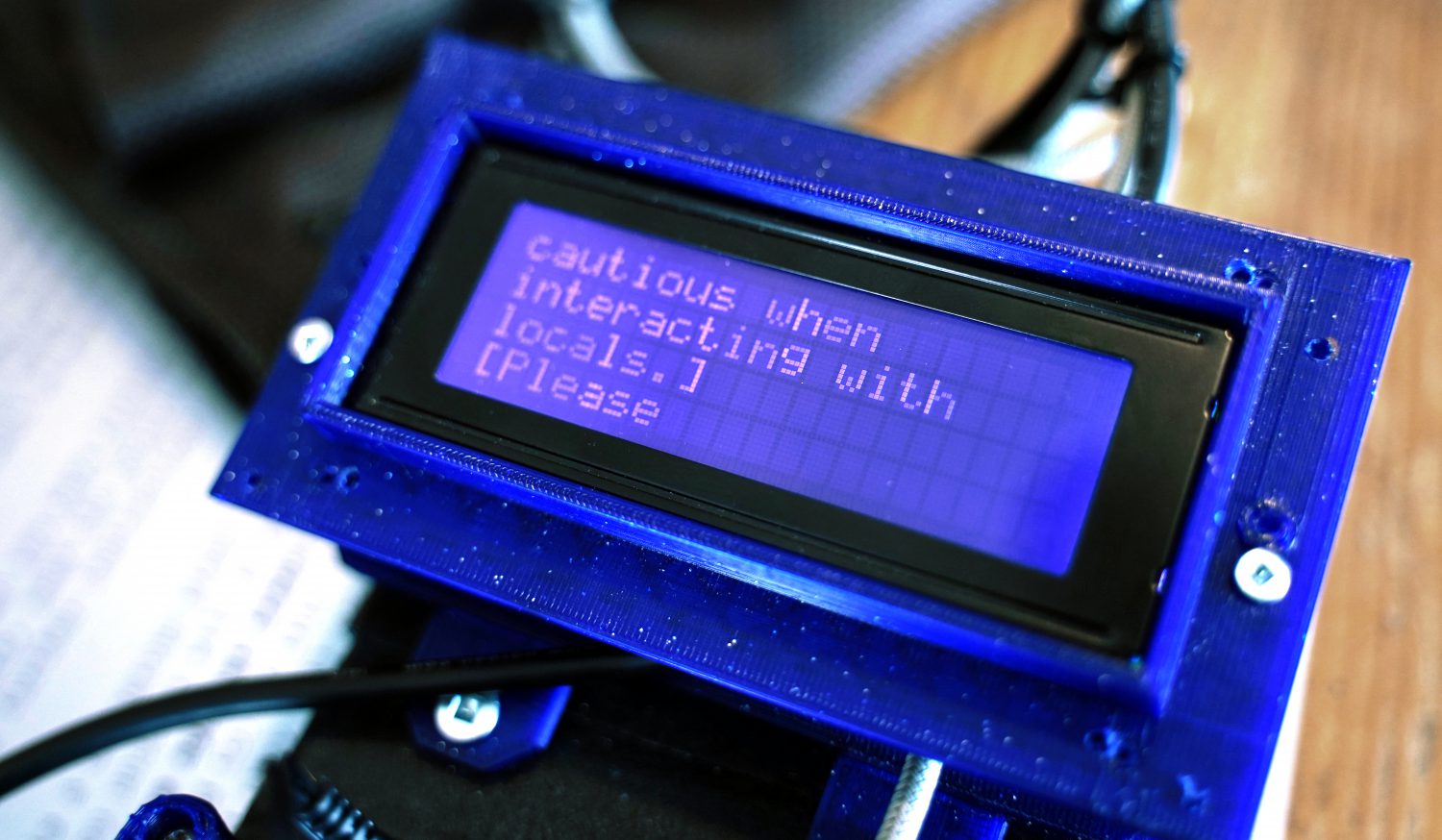Last week, I discussed some of the ways that I wanted to refine my reflective games research questions with the Reflective Games Group. We talked especially about different ways of controlling the flow of information in games, and approaches such as “pulling the rug out from underneath the player”, as Train does, versus the concept of the “slow reveal”, where meaning and revelations are layered upon each other slowly.
As I thought about how I might refine my research question, I tried to focus on what I am curious about and also about what I would like to be doing and making. Though it’s a (very!) broad subject, I am interested in being able to deliberately create and engender reflective moments. Since a good portion of my creative life was spent on writing and narrative, I thought about how I was interested in how narrative framing and controlling the flow of information can ascribe new meaning to simple “innocuous” actions. Manipulating the flow of information and how that information is uncovered/discovered seems pretty important too.
This presents some challenges, because while I’m a fairly experienced writer, I also thoroughly believe that “good writing is rewriting.” So, while I want to work with narrative, it is definitely challenging to rapidly prototype very narratively-focused work.
A rough draft of my new question looks like this:
“What design approaches related to controlling the flow of information, especially information related to narrative, symbolism, metaphor, and the meaning of in-game actions and mechanics, consistently create compelling opportunities for critical reflection? What impact do particular thematic choices have on a designer’s ability to create opportunities for reflection (i.e. is there such a thing as a topic that is so innocuous that we cannot create space for critical reflection on it, and is it easier to create opportunities for reflection when dealing with a commonly-known “social justice”-related theme?).”
For a while, my brain got stuck on that explanatory note — is there such a thing as a topic so innocuous that we cannot create a space for critical reflection on it? So, with that in mind, I started to play a game with some dice — my dice are never very far away from me. What I did was, I tried to think up an innocuous topic, even just a noun, and rolled the dice. Then, based on the result of the roll, I tried to come up with that number of critically-engaged perspectives or thoughts about the object. I guess you could say it’s a prototype of a game, but honestly, it’s kind of obnoxious. I call it, “Is it political, though?” As it turns out, unsurprisingly to anyone who has read my thoughts (which reflect the thoughts of many other folk before me) about creative work and politics, it’s all political.
Even though I do think that it would be obnoxious to release this design exercise as some kind of more elaborated game prototype (hmm, do I care about being obnoxious? Maybe I ought to do it anyway?), I still think that it is valuable to train my brain to be sensitized to the fact that for every angle or issue that we think something is about, there are so many other intersections at play. Like, you know, just when you think it’s about ethics in game journalism…
Sorry.
But this is definitely an intersectional feminist research perspective — one that Davis talks about in terms of its methodological implications for feminists who want to be sure that they are considering intersectional perspectives (2017). She asks us to look deeper into the underlying causes and interrelations of our questions and concerns, and that’s a very valuable skill. Davis asks the reader to consider, roughly paraphrased, what other markers of difference have to do with questions that we assume are “about gender.” Davis asks, “For example, what could the consideration of able-bodiedness and disability possibly tell you about issues of citizenship in the EU?”
So, that’s one game that I’ve been playing with myself this week. Maybe I will release “rules” for it somewhere, though I think it’s something that critically-engaged scholars have been doing for a long time, and I can’t claim ownership over that. I just added dice.
At this point, I’m brainstorming and working on ideas for my next prototype. While working on the reflective games project, I’m simultaneously creating a digital version of another project of mine, and reading about performance studies and autoethnography for my dissertation proposal. Something that stuck with me about one of the autoethnography texts I read is this quote: “However, personal engagement in autoethnographic stories frequently stirs self-reflection of listeners, a powerful by-product of this research inquiry” (Chang 2016). This idea seems to flow pretty naturally — the “specific” is generally much more appealing than what we try to make appear general. Autobiography is one of the topics that my friend and collaborator Squinky is working on for their doctoral research, and I’ve often thought about how occasionally their work is read/talked about as being a general representation of what a particular experience is like when really, it’s about their personal experience. The same thing seems to have happened with work like Anna Anthropy’s dys4ia, which is about Anthropy’s experience but is read as “what it is like to be a trans woman undergoing the transition process,” an “empathy” game.
As usual, more as it happens and as I write about it!
WORKS CITED
Chang, H. (2016). Autoethnography as Method. London & New York: Routledge.
Davis, K. (2017). Intersectionality as Critical Methodology. In: N. Lykke, ed., Writing Academic
Texts Differently: Intersectional Feminist Methodology and the Playful Art of Writing, 1st ed. New York, NY: Routledge, pp.41-57.
